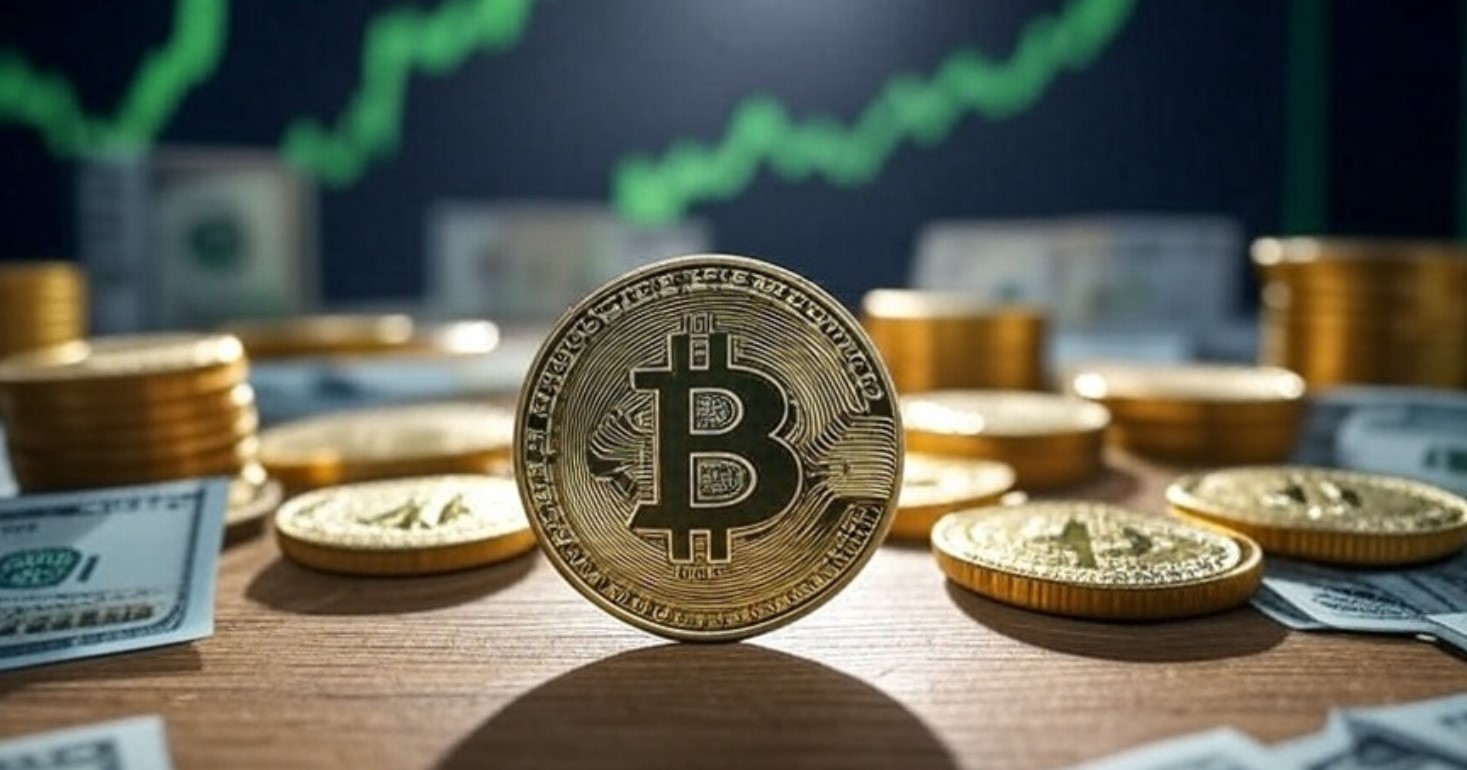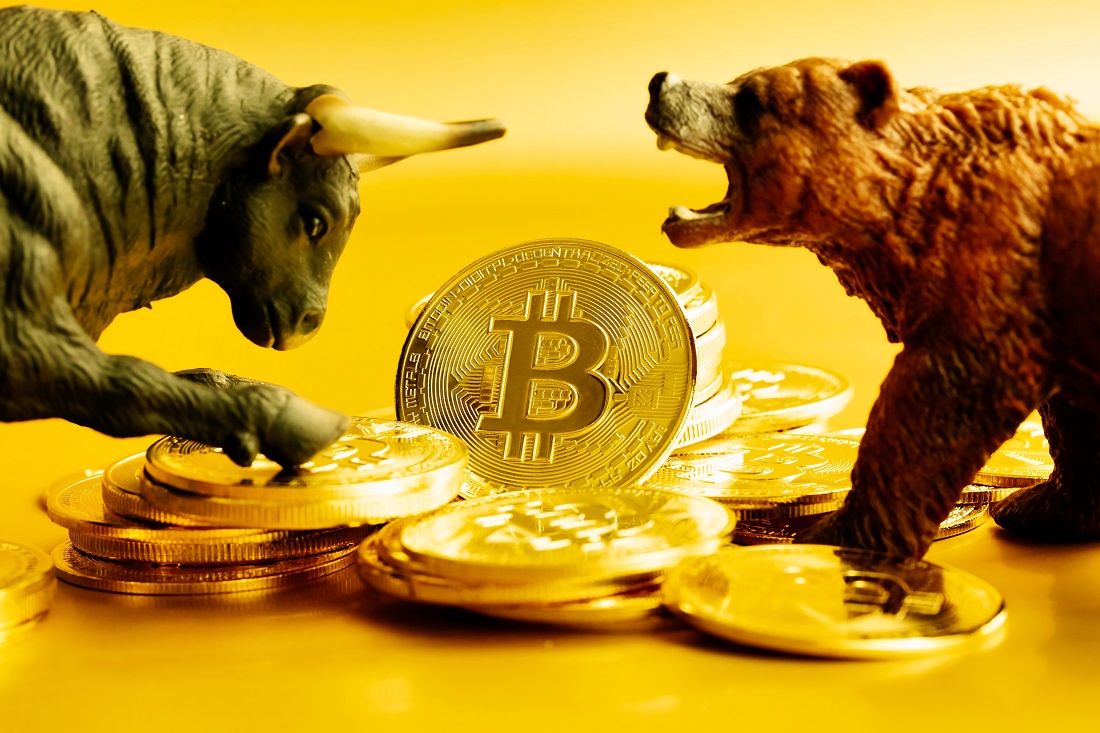According to the results of a survey conducted by German bank Deutsche Bank, users of Bitcoin (BTC) and other cryptocurrencies are less optimistic than at the beginning of the year regarding the future of the market.
There is a pessimistic sentiment about the short-term outlook for bitcoin, while there is little hope for the survival of stablecoins, according to the survey. that he did the German bank between March and July last year to more than 3,000 users located in the United States, the United Kingdom and Europe.
The data indicates that, although there is still general enthusiasm for cryptocurrencies, there is a group of users (50%) who think that the market will collapse in the next two years. A fear that makes some think that bitcoin and stablecoins They may disappear.
The perceptions are mostly mixed, well There is another half of the respondents who consider cryptocurrencies to be an important asset class and payment method. In fact, 65% of the people interviewed say that digital assets could replace cash.
Optimistic and pessimistic views are equally weighted in other responses in the study. Thus, while 40% of respondents think BTC will prosper in the coming years, 38% expect it to disappear.
Along the same lines, the results reveal that a third of consumers believe that the price of BTC will be below USD 60,000 by the end of the year, while between 12% and 14% It is expected to exceed USD 70,000.
Optimism is lower for stablecoinsto the point of believing that “they came to stay.” Only 18% of respondents think that this type of currency will prosper, while 42% believe they will disappearLife expectancies are longer for stablecoins pegged to fiat currencies (such as USDT and USDC) and those backed by gold, which are seen as more likely to hold their value.

The data indicates that fears are more related to algorithmic stablecoinswhich shows that the belief persists among users that stablecoins They are not so stableDeutsche Bank confirmed these fears of users in a previous study, focused on these currencies.
Research points out what is known as “the Terra effect”They are referring to the collapse of the TerraUSD stablecoin that affected the market in mid-2022. They recall that a run caused it to lose its 1:1 parity with the dollar. The situation also led to the fall of Luna, another cryptocurrency that balanced it through an algorithm.
The consequences of the “Terra effect”
As reported by CriptoNoticias, the collapse of Terra caused a domino effect in the cryptocurrency marketaccelerating the fall in prices that marked the year 2022 and being a cause of great concern among investors.
This event was followed by the bankruptcy of Silicon Valley Bank in March 2023, further destabilizing the market; “and in January 2024 TrueUSD experienced an event of concern among investors and operators,” the analysts note.
The negative effects that these events generated among many users They seem to be still present in the collective memory“highlighting the volatility and risks associated with stablecoins, and the need for greater transparency and regulation in the cryptocurrency market,” the German bank’s researchers conclude.
It should be remembered that Deutsche Bank has been stating for some time, a stance against stablecoins. Last year it questioned the reserves of USDT, the stablecoin that dominates the market, stating that the solvency of the coin “was of particular concern.” Despite this, it has plans to launch a stablecoin next year, through its subsidiary DWS.






Leave a Reply